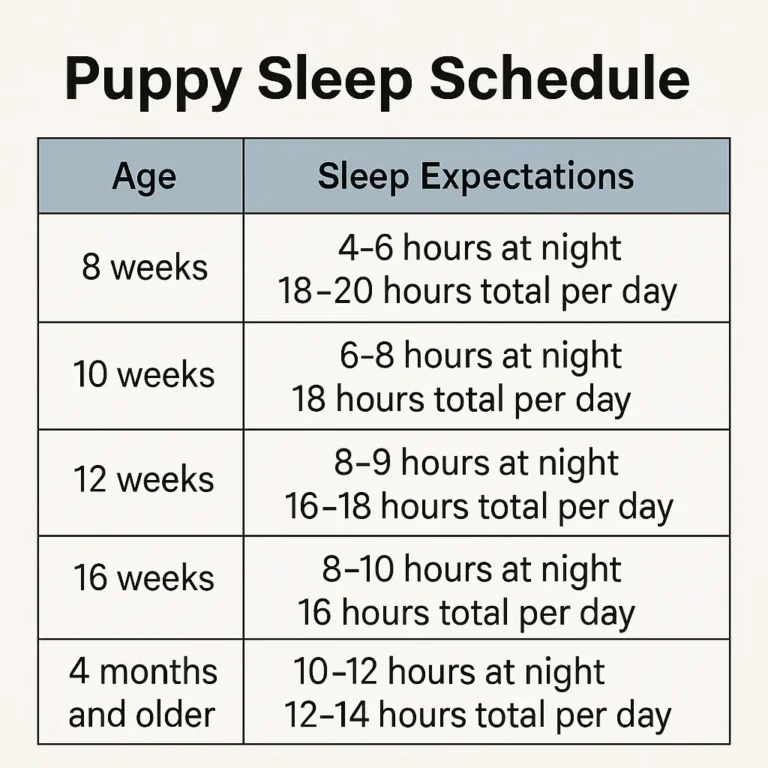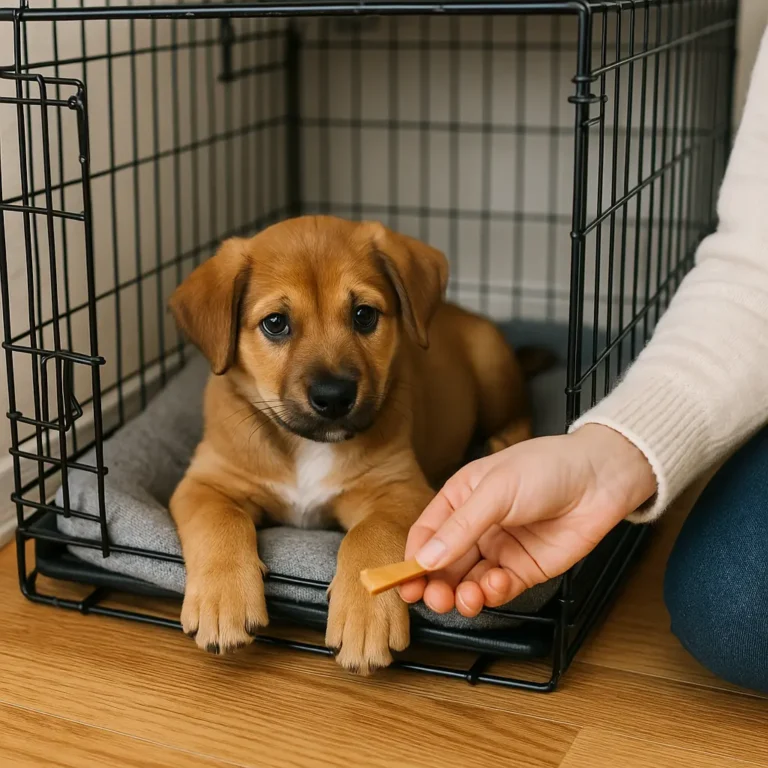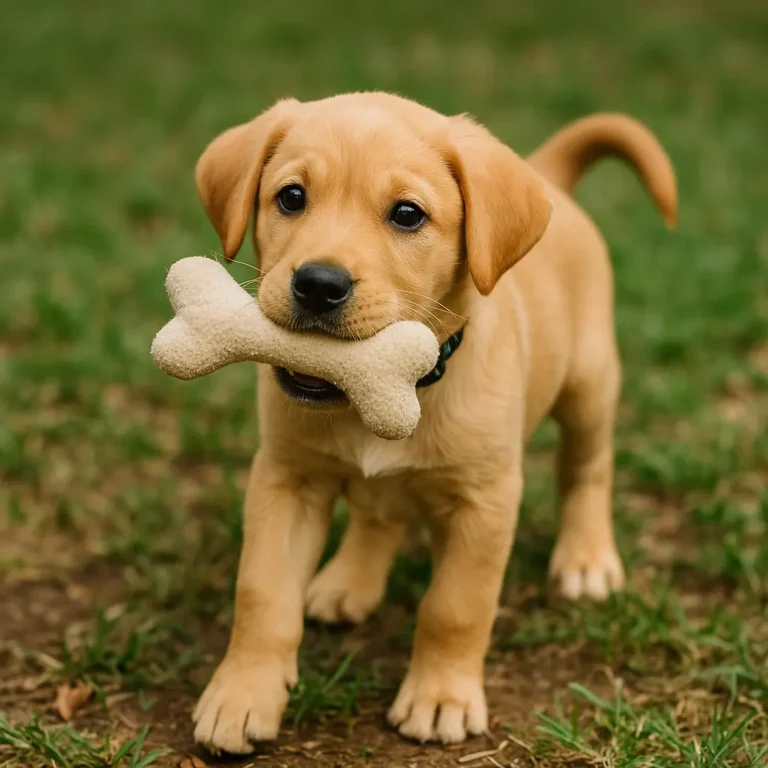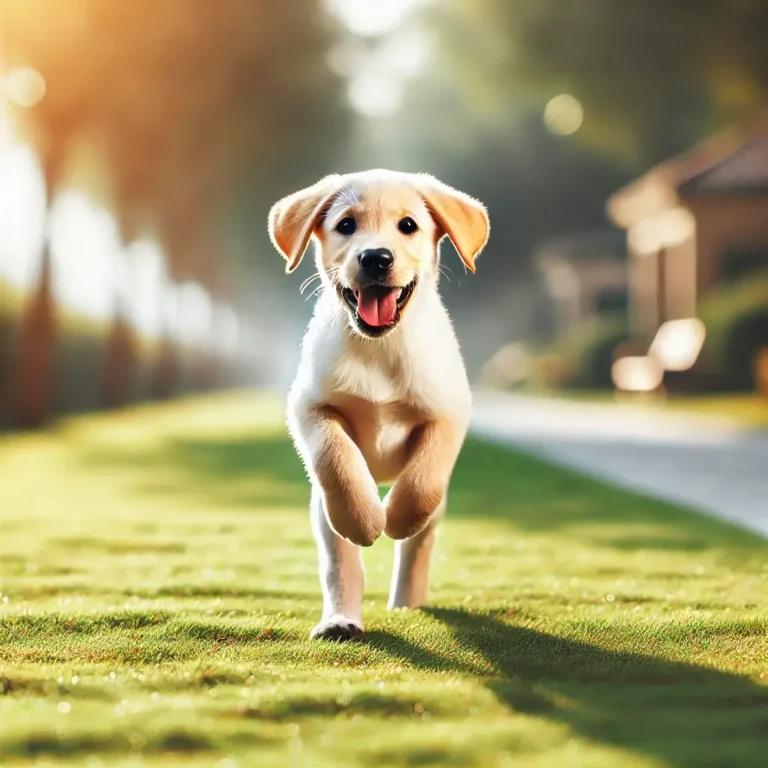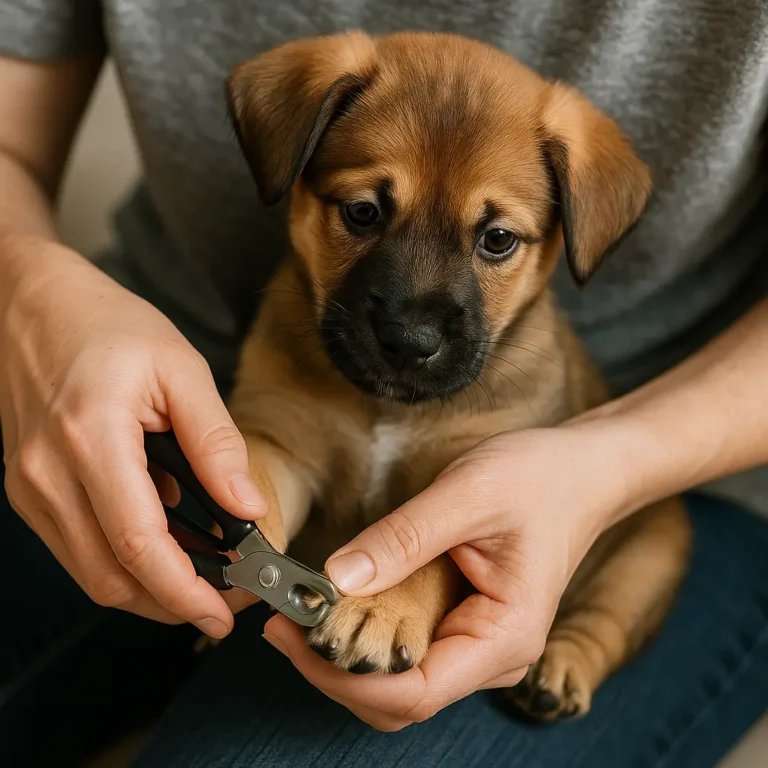Brown Labrador
Brown Labrador: Everything You Need to Know About This Loyal Breed
The Brown Labrador, known for its striking chocolate-colored coat and affectionate personality, is one of the most popular Labrador Retriever varieties. These dogs are highly intelligent, friendly, and energetic, making them ideal companions for active families and individuals. The Brown Labrador Dog is well-suited for various roles, including hunting, service work, and therapy, due to its eagerness to please and quick learning ability. Brown Labradors are known for their unwavering loyalty and gentle temperament, making them one of the best family-friendly breeds. Whether running on the beach, swimming in lakes, or playing fetch in the yard, they thrive in environments where they receive plenty of exercise and social interaction. With proper training and care, the Brown Labrador Puppy grows into a well-behaved and loving adult dog. Their affectionate nature and adaptability make them excellent pets for homes with children and other animals.

A Brown Labrador Puppy is an energetic and playful bundle of joy that requires proper guidance and early socialization. These puppies are naturally curious, constantly exploring their surroundings and interacting with people. Their friendly disposition makes them easy to train, especially when positive reinforcement techniques are used. Brown Labrador Puppies are known for their boundless enthusiasm and high energy levels, requiring regular playtime and mental stimulation. They enjoy activities like tug-of-war, fetch, and agility training, which help shape them into well-mannered adult dogs. Due to their affectionate nature, they form strong bonds with their owners, making them excellent lifelong companions. Proper training from an early age ensures they grow into well-adjusted and obedient dogs.
Breed Traits
Brown Labradors are intelligent, loyal, and highly affectionate. They are energetic dogs that love human companionship and are eager to please. Their friendly nature makes them great for families and active individuals.
The Brown Labrador Dog has an average lifespan of 10 to 14 years. With proper care, regular exercise, and a balanced diet, they can live a long and healthy life filled with joy and companionship.
Male Brown Labradors typically stand between 22 to 24 inches, while females range from 21 to 23 inches. Their well-proportioned body structure allows them to excel in agility and endurance-based activities.
A healthy male Brown Labrador weighs between 65 to 80 pounds, while females weigh between 55 to 70 pounds. Proper nutrition and regular exercise help maintain their ideal body weight.
Brown Labradors thrive in homes with access to open spaces where they can run and play. They require daily exercise, making them perfect for families with large yards or individuals who enjoy outdoor activities like hiking and jogging.
Breed Characteristics
Brown Labradors have a water-resistant coat that allows them to excel in swimming. Their high intelligence and trainability make them well-suited for obedience training, and their friendly temperament ensures they get along well with people and other pets.
Brown Labradors are one of the most family-friendly dog breeds. Their gentle and patient nature makes them excellent with children, and they integrate well into multi-pet households. They thrive on companionship and love being involved in family activities.
Brown Labradors have a dense, short, and smooth coat that comes in a rich chocolate shade. They have expressive brown eyes that radiate warmth and intelligence, along with a sturdy, athletic build suited for physical activities.
These dogs are highly social and love interacting with people and other animals. They dislike being left alone for long periods and require frequent human interaction to remain happy and mentally stimulated.
Brown Labradors are known for their cheerful and friendly disposition. They are affectionate, eager to please, and full of energy. Their loving nature makes them great companions for families and individuals alike.
Training a Brown Labrador Puppy
Training a Brown Labrador Puppy is relatively easy due to their intelligence and eagerness to learn. Basic commands such as sit, stay, and recall should be introduced early to establish discipline. Socialization is crucial during the puppy stage, helping them become well-adjusted adult dogs. Using positive reinforcement, such as treats and praise, strengthens their training. Consistency and patience are key to ensuring obedience and preventing behavioral issues. Labradors also benefit from mental stimulation, including puzzle toys and interactive play, to prevent boredom and destructive behaviors. A well-trained Brown Labrador is a joy to have as a pet, as they respond well to commands and adapt quickly to household routines.
Brown Labrador History & Facts
The Brown Labrador Dog traces its roots to Newfoundland, Canada, where it was initially bred to assist fishermen by retrieving nets and fish from the water. In the 19th century, they were brought to England, where breeders refined their characteristics, leading to the modern Labrador Retriever. Initially, black Labradors were the preferred coat color, but over time, the rich chocolate brown variety gained popularity. Today, the Brown Labrador is a favorite among dog lovers due to its versatility, intelligence, and affectionate temperament. This breed is widely used in various working roles, including therapy, assistance, and search-and-rescue operations.
Brown Labradors have a natural love for swimming, thanks to their water-resistant coat and webbed paws, making them excellent water retrievers.
Chocolate Labradors were once uncommon, as early breeders favored black Labradors. Over time, their popularity grew, making them one of the most sought-after Labrador colors.
Brown Labradors love food, which makes training easier but also requires portion control and regular exercise to prevent obesity.
Many Brown Labradors work as therapy and assistance dogs due to their affectionate nature, intelligence, and ability to form strong emotional bonds.
The Labrador Retriever, including the Brown Labrador variety, has been ranked as the most popular dog breed in the United States for over three decades.
Labrador Popular Mix Breeds
Labrador Retriever mixes have gained popularity for their unique traits and hybrid vigor. The Labrador Husky Mix is an energetic and strong breed, combining endurance and intelligence. The Labrador Poodle Mix, also known as the Labradoodle, is favored for its hypoallergenic coat and friendly personality, making it an excellent choice for allergy sufferers. The Labrador Golden Retriever Mix is a loving and trainable hybrid, known for its friendly disposition and intelligence. The Labrador Beagle Mix, or Beagador, is a playful and intelligent companion suitable for families with children. Each Labrador mix inherits unique characteristics from both parent breeds, offering diverse options for dog lovers seeking a loyal and affectionate companion.
Food and Dietary Needs of a Brown Labrador
The Brown Labrador is a highly active breed with a strong appetite, making a balanced diet essential for maintaining its health. Labradors require high-quality protein sources like chicken, fish, or lamb to support their muscular build and energy levels. Carbohydrates from brown rice, sweet potatoes, and vegetables provide sustained energy, while healthy fats from fish oil or flaxseed keep their coat shiny and skin healthy. Due to their tendency to overeat, portion control is crucial to prevent obesity. Feeding them two well-portioned meals per day and avoiding excessive treats ensures they maintain a healthy weight and lifestyle.
Breed Behavior of Brown Labradors
Brown Labradors are gentle, social, and eager to please, making them excellent family dogs and working companions. They thrive on human interaction and dislike being left alone for extended periods. Their playful and affectionate personality makes them great with children and other pets, ensuring a harmonious home environment.
Alertness
Protectiveness
Prey drive
Aggressiveness
Barking level
Trainability
Mental stimulation needs
Intelligence
Popular Brown Labrador Mix Breeds
Brown Labradors are often crossbred with other popular breeds to create unique hybrid dogs with diverse traits. The Labrador Husky Mix is an energetic and powerful breed, ideal for outdoor enthusiasts. The Labrador Poodle Mix (Labradoodle) is a hypoallergenic option, perfect for families with allergies. The Labrador Golden Retriever Mix combines gentleness and intelligence, making it one of the best family companions. The Labrador Beagle Mix (Beagador) is a smaller, playful mix, known for its curious and friendly personality. Each mix inherits distinct qualities from both parent breeds, offering a variety of choices for dog lovers.
Brown Labradors have a short, dense, water-resistant coat, which requires regular grooming to maintain healthy skin and a shiny coat. Brushing them twice a week helps reduce shedding and removes loose fur. Bathing should be done once a month or when necessary to prevent stripping natural oils from their coat. Regular ear cleaning is essential to prevent infections, as Labradors are prone to wax buildup due to their floppy ears. Nail trimming every 3 to 4 weeks ensures they stay comfortable and avoid overgrown nails. A balanced diet, omega-rich supplements, and proper hydration contribute to their coat health and overall appearance.
Physical Attributes of a Brown Labrador
Brown Labradors are strong, muscular, and athletic with a well-proportioned body. They have broad heads, expressive brown eyes, and a thick, water-resistant coat. Their sturdy limbs allow them to excel in activities like running, swimming, and retrieving. Their otter-like tails help with balance and swimming efficiency, making them naturally adept in water.
Breed Size
Colours
Coat
Drooling
Snoring
Exercise Needs
Grooming Needs
Aggressiveness
Brown Labradors are generally healthy dogs, but they can be prone to certain genetic conditions. Hip and elbow dysplasia are common in the breed, often due to improper growth or excessive weight. Obesity is a major concern, as Labradors have a tendency to overeat. They can also develop ear infections due to their floppy ears trapping moisture. Progressive Retinal Atrophy (PRA) is another condition that may affect their vision as they age. To maintain good health, Labradors require regular veterinary checkups, a balanced diet, and proper exercise to prevent common health issues.
Medium Dog Breed Category
Though Labradors are classified as large dogs, some Labrador mixes may fall into the medium dog breed category. Medium-sized Labrador mixes, such as Labrador Beagle Mix (Beagador) or Labrador Border Collie Mix, combine the best traits of both breeds. These medium-sized mixes are often energetic, intelligent, and easy to train, making them excellent companions for families or individuals with limited space. Their moderate size makes them more adaptable to smaller living spaces while still retaining the friendly and affectionate temperament of a Labrador.
Brown Labradors faq
Are Brown Labradors good family dogs?
Do Brown Labradors shed a lot?
How much exercise does a Brown Labrador need?
Are Brown Labradors easy to train?
Do Brown Labradors have health problems?
Are Brown Labradors good for first-time owners?
Can Brown Labradors live in apartments?
What is the difference between Brown Labradors and Black Labradors?
A dog’s lifespan depends on breed, genetics, diet, exercise, and healthcare. Brown Labradors typically live 10 to 14 years, with proper nutrition and vet care playing a crucial role in longevity. Regular exercise and mental stimulation keep them fit and prevent behavioral issues. Dental care, vaccinations, and routine veterinary checkups help detect early signs of diseases, ensuring they live a healthy and happy life. Social interaction is vital for their well-being, as Labradors thrive in family environments with love and companionship.
Brown Labradors are loyal, intelligent, and loving dogs that make great family pets, working dogs, and adventure companions. Their friendly personality, adaptability, and trainability make them one of the most popular dog breeds worldwide. Whether you seek an energetic exercise partner or a gentle therapy dog, the Brown Labrador fits seamlessly into various lifestyles. Regular exercise, proper nutrition, and consistent training ensure they remain happy and healthy. Owning a Brown Labrador means welcoming a lifelong friend that brings joy and companionship to your home. Find out what dog are you by answering a few fun questions!

